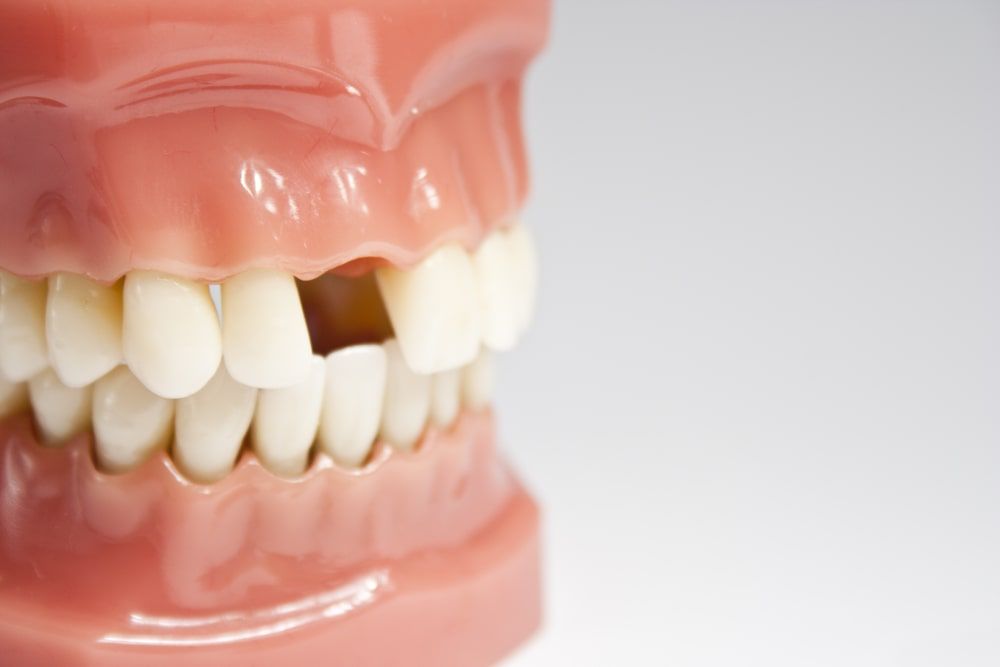Dislodged Teeth
Mouth injuries can result in the displacement of teeth into their sockets. In such cases, your oral healthcare provider, whether your general dentist or endodontist, will be responsible for repositioning and stabilizing the affected tooth. Following the procedure, root canal intervention should commence within a few weeks of the injury. A medication, typically calcium hydroxide, would be inserted into the tooth, and ultimately, a permanent root canal filling will be applied.
On some occasions, a tooth may suffer partial dislodgement from its socket, requiring dental attention. In such cases, your oral healthcare provider will proceed to reposition and stabilize the tooth. Further treatment will depend on the severity of trauma, and the status of the nerve, and can vary from no treatment to root canal therapy.
Avulsed Teeth
It is essential to seek immediate treatment if you have suffered an injury causing a tooth to be completely knocked out of your mouth. To increase the chances of saving the tooth, it should be kept moist at all times, handled carefully and ideally placed in milk or in a glass of water containing a pinch of salt. Depending on the stage of root development, your Endodontist may commence root canal treatment. It is important to note that the length of time the tooth remained out of the mouth and how it was stored can affect the type of treatment required. Therefore, timely intervention and careful management of the tooth can help to achieve the best possible outcome.
Injuries in children
Treatment for developing immature teeth depends on the stage of root development and whether the nerve can heal or become infected and has to be removed. Apexogenesis promotes continued root development with the help of specialized medicament. This technique fosters soft tissue growth and results in apex closure and root maturation as the patient ages.
Apexification is a dental procedure wherein the damaged pulp is extracted. Subsequently, the root is medicated to facilitate the formation of a hard tissue near the root tip. As the root cannot complete formation on its own and canal walls do not continue development, this hard tissue acts as a protective layer for the root canal filling.

